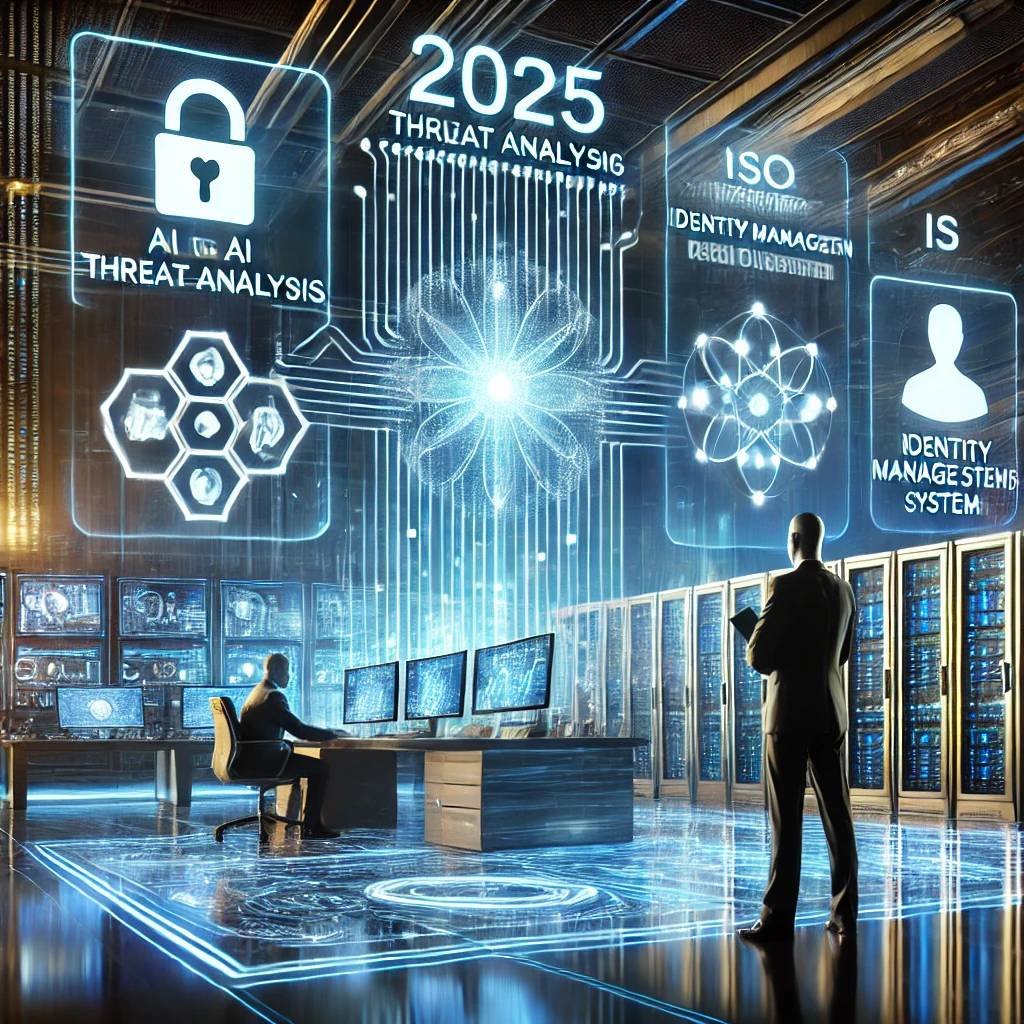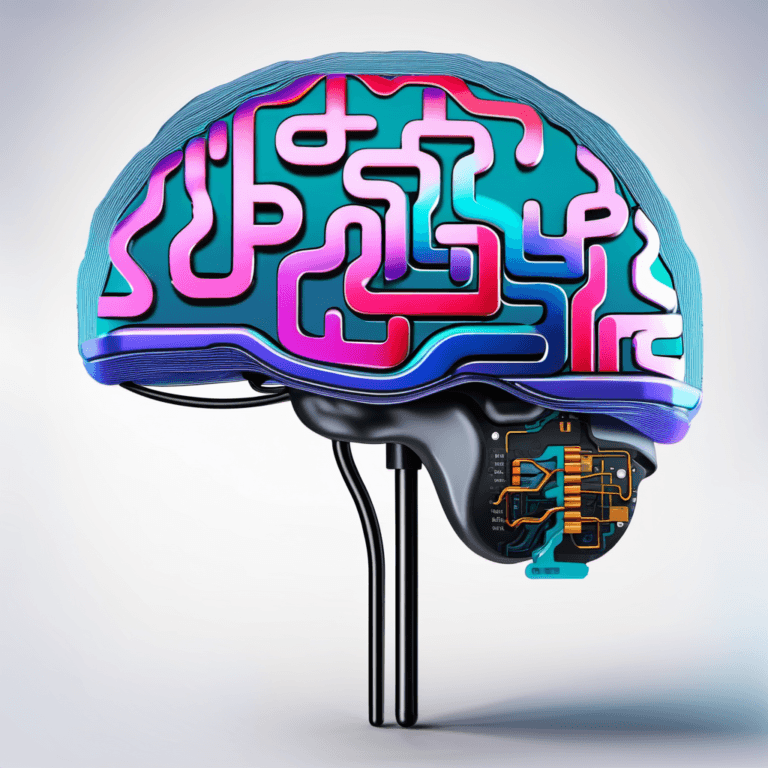Navigating New AI Challenges: A Guide for CISOs
Introduction
The year 2025 promises to be pivotal for cybersecurity, driven by the rapid acceleration of artificial intelligence (AI), increasingly sophisticated cyber threats, and evolving regulatory mandates. Chief information security officers (CISOs) and their teams face a dual challenge: leveraging AI to bolster security while mitigating the risks associated with it.
This article explores the pressing challenges and opportunities that AI brings to the cybersecurity landscape, providing actionable insights for organizations aiming to thrive in this dynamic environment.
Overview of AI in Cybersecurity
AI is transforming the cybersecurity landscape, offering tools for real-time threat detection, automated incident response, and proactive vulnerability management. However, these innovations also introduce risks, creating new attack surfaces that malicious actors can exploit.
CISOs must navigate this dual-edged sword, balancing the adoption of AI-enabled solutions with the vigilance required to address their inherent vulnerabilities.
Emerging Trends for CISOs in 2025
1. Vulnerabilities in Proprietary LLMs
The integration of large language models (LLMs) into enterprise solutions is creating new attack vectors. Threat actors can exploit:
- Feature Space Vulnerabilities: Embedding malicious inputs within AI models.
- Cascading Risks: Reliance on a few proprietary models increases the potential for widespread impact.
2. Adaptive Identity Management
The growth of AI and cloud-native applications demands identity management systems capable of handling:
- Non-Human Identities: Service-based identities that require dynamic access controls.
- Transitive Identities: Ensuring secure permissions across evolving roles and responsibilities.
3. Scaling Security in DevOps
AI is bridging the gap between security and development by automating:
- Vulnerability detection during the design stage.
- Role and permission assignments for cloud services.
- Security integration across DevOps workflows.
Proprietary LLM Vulnerabilities
Proprietary LLMs, often used to power AI-enabled features, introduce challenges for CISOs:
- Limited Transparency
Vendors disclose little about model training and guardrails, making it harder to assess risks. - Potential Exploits
Attackers may embed malware or manipulate models to bypass security measures.
Impact of Exploits
The interconnected nature of modern software means a successful exploit in one LLM could ripple across industries, causing significant disruptions.
Identity Management in AI Ecosystems
Traditional identity management systems are ill-equipped to handle the dynamic requirements of AI-driven applications. CISOs must implement:
- Ephemeral Access Controls: Temporary permissions that adapt to non-human entities.
- Context-Aware Policies: Access decisions based on real-time conditions and AI-driven insights.
AI’s Role in Scaling Security for DevOps
The demand for DevOps professionals with security expertise exceeds supply. AI can address this gap by:
- Automating Routine Tasks: Detecting vulnerabilities and recommending fixes.
- Smart Coding Recommendations: Guiding developers to write secure code.
- Reusable Security Templates: Ensuring consistency in threat mitigation efforts.
These tools enable DevOps teams to incorporate security from the start, reducing risks and improving efficiency.
Regulatory Challenges in AI Security
The rise of AI has prompted new regulations, such as:
- EU AI Act: Governing AI deployment in critical sectors.
- California Privacy Rights Act (CPRA): Expanding data protection requirements.
Collaboration with Legal Teams
CISOs must work closely with legal departments to ensure compliance, balancing regulatory mandates with practical security needs.

Best Practices for CISOs
- Leverage AI Responsibly
- Implement explainable AI (XAI) to understand model behavior.
- Regularly audit AI systems for vulnerabilities.
- Strengthen Threat Detection
- Use AI to monitor for unusual activity in real-time.
- Deploy adaptive security measures to respond to evolving threats.
- Enhance Employee Training
- Educate teams on the risks and opportunities of AI-driven tools.
- Promote a culture of shared responsibility for security.
FAQs on AI and Cybersecurity
1. How does AI introduce new cybersecurity risks?
AI-enabled features can create new attack surfaces, such as vulnerabilities in proprietary LLMs or automated systems.
2. Can AI help mitigate these risks?
Yes, AI improves threat detection, automates incident response, and enhances collaboration between developers and security teams.
3. What industries are most affected by AI security challenges?
Sectors relying on cloud-native and AI-driven applications, such as finance, healthcare, and technology, face the highest risks.
4. How can organizations prepare for AI-related regulations?
Collaborate with legal teams, implement compliance-friendly AI solutions, and monitor regulatory updates.
Conclusion
As AI reshapes the cybersecurity landscape, CISOs must rise to the challenge by adopting proactive strategies and leveraging AI-powered solutions responsibly. By understanding the risks and opportunities AI presents, organizations can enhance their security posture and prepare for the complexities of 2025 and beyond.
Discover more at InnoVirtuoso.com
I would love some feedback on my writing so if you have any, please don’t hesitate to leave a comment around here or in any platforms that is convenient for you.
For more on tech and other topics, explore InnoVirtuoso.com anytime. Subscribe to my newsletter and join our growing community—we’ll create something magical together. I promise, it’ll never be boring! 🙂
Stay updated with the latest news—subscribe to our newsletter today!
Thank you all—wishing you an amazing day ahead!





